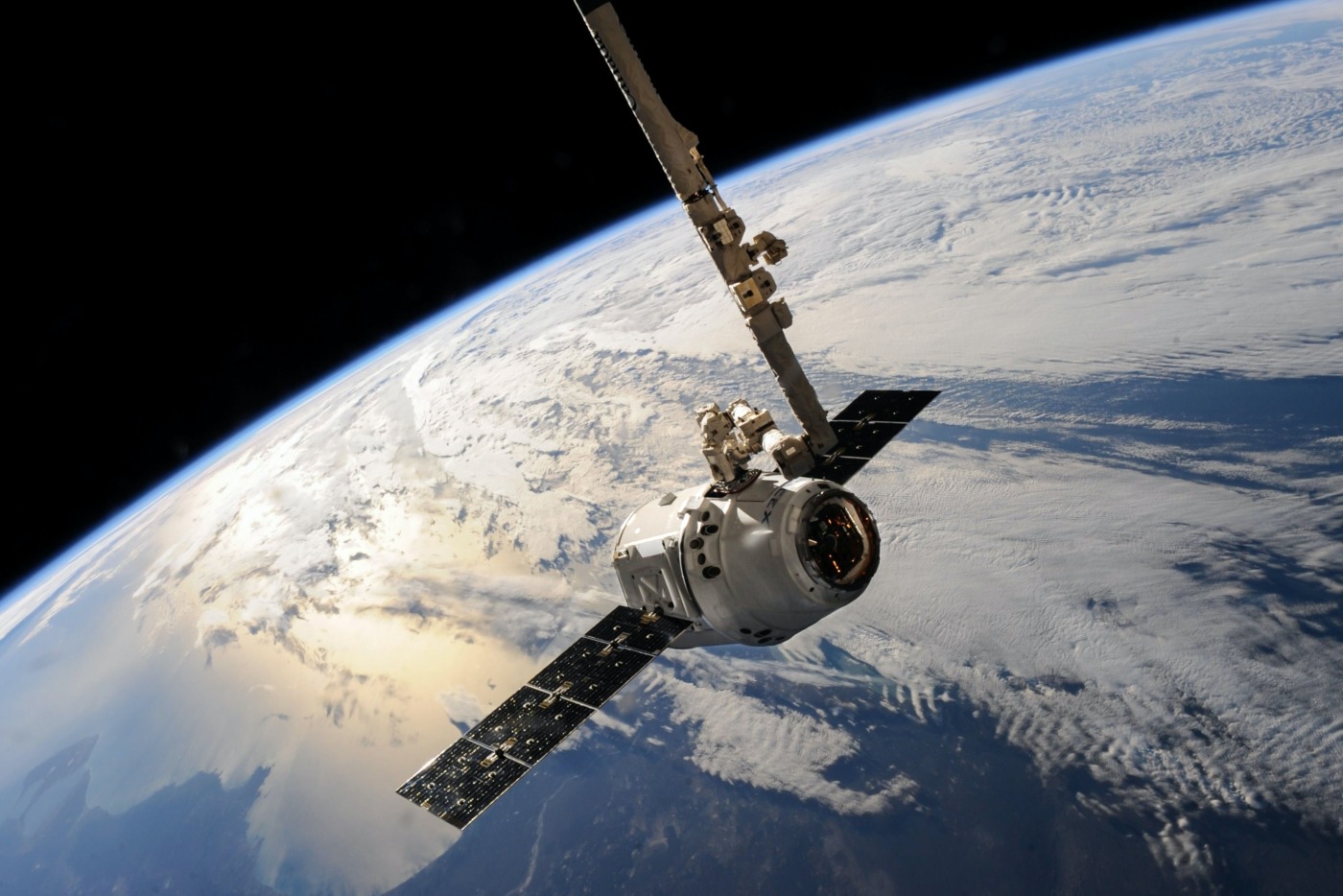Could mega-constellations destroy astronomy?
As technology has improved through time, it has both helped and hindered our ability to look at the stars. Telescopes have existed for more than 400 years, and now we have the incredible James Webb Space Telescope to show us things hitherto unseen on our Earth. But human activity has also led to light pollution, and impacted on astronomers’ ability to look into the night sky. As billionaires look to space and companies launch satellites to provide high-speed internet access, a new threat is emerging – the so-called ‘mega-constellation’, comprised of the increasingly large amount of satellites in space. Scientists are reckoning with the impact of mega-constellations, with fears that they could make astronomy harder and potentially destroy it in the future.
The number of operational satellites has rapidly increased in recent years, down to corporations looking to the stars. Before mega-constellations began launching in 2018, the largest constellation of satellites was a communication network for Iridium, which totalled just 70. There are now more than 3,300 active artificial satellites in Earth’s orbit. More than 2,300 of them are SpaceX’s Starlink satellites, but this number is projected to grow – the first generation will, by itself, consist of 11,926 satellites, while the second will add 30,000 more. OneWeb, Amazon’s Kuiper, and China’s SatNet combined will add a further 20,000 satellites.
“As the number of satellites continues to grow, astronomy is facing a watershed moment of increasing interference with observations and loss of science” – Connie Walker, NOIRLab
Why does this matter to astronomers? Every satellite is a source of contamination, as they reflect sunlight – this is an issue when a mega-constellation crosses a telescope’s field of view, as the multiple streaks of light can potentially wreak havoc on astronomical observations. It will negatively impact radio astronomy, and the presence of satellites contributes to a background glow in the sky that disorients animals relying on celestial navigation. It will also affect spectroscopic analysis, as the pollution from satellites will give roughly the same size signal as the target science data, and it could lead to the loss of millions of dollars in time and processing power as the community disposes of contaminated images.
Connie Walker, of the US National Optical-Infrared Astronomy Research Laboratory (NOIRLab), explains: “As the number of satellites continues to grow, astronomy is facing a watershed moment of increasing interference with observations and loss of science. By the end of a decade, more than 5,000 satellites will be above the horizon at any given time at a typical dark-sky observatory location. A few 100 to several 1,000 of these satellites will be illuminated by the Sun. These satellites will be detectable by even the smallest optical or infrared telescopes, depending on the hour of the night and the season.”
There are no laws regulating the brightness of satellites in the night sky
In February of this year, the International Astronomical Union (IAU) established a new centre to focus the astronomy community’s response to mega-constellations. The Centre for the Protection of the Dark and Quiet Sky from Satellite Constellation Interference was designed to engage with satellite companies, encouraging them to make every effort to minimise the light pollution they are creating. It also works with policymakers around the world, aiming to tighten regulations on what is acceptable behaviour in orbit. According to Richard Green, of the University of Arizona: “The IAU’s primary priority is to take [a] cooperative approach with industry and have them establish a voluntary corporate culture that looks to mitigate these impacts.”
There are no laws regulating the brightness of satellites in the night sky, although the IAU and other astronomical organisations have been pushing the United Nations to recognise the problem and develop some appropriate legislation. At the moment, it’s up to companies to try and mitigate the problem. Both SpaceX and OneWeb have been willing to discuss how they can reduce the reflectivity of their spacecraft by applying different coatings or sunshields, although an unpublished analysis of 102 observations of the brightness of Starlinks over time suggests mixed success. OneWeb uses a telescope in Sicily to measure the brightness of its satellite, and uses that data to design fainter satellites for the future. Kuiper will first launch two prototype satellites, only one of which will contain a sunshield, and use that information for future launches.
At the moment, we’re really in the beginning stages of this problem, and it’s possible that communication and mitigation could render the threat of mega-constellations essentially null and void. But it’s probable and darkly ironic that, as these companies look to the stars, their equipment will likely make it harder for those of us on Earth to do the same.


Comments